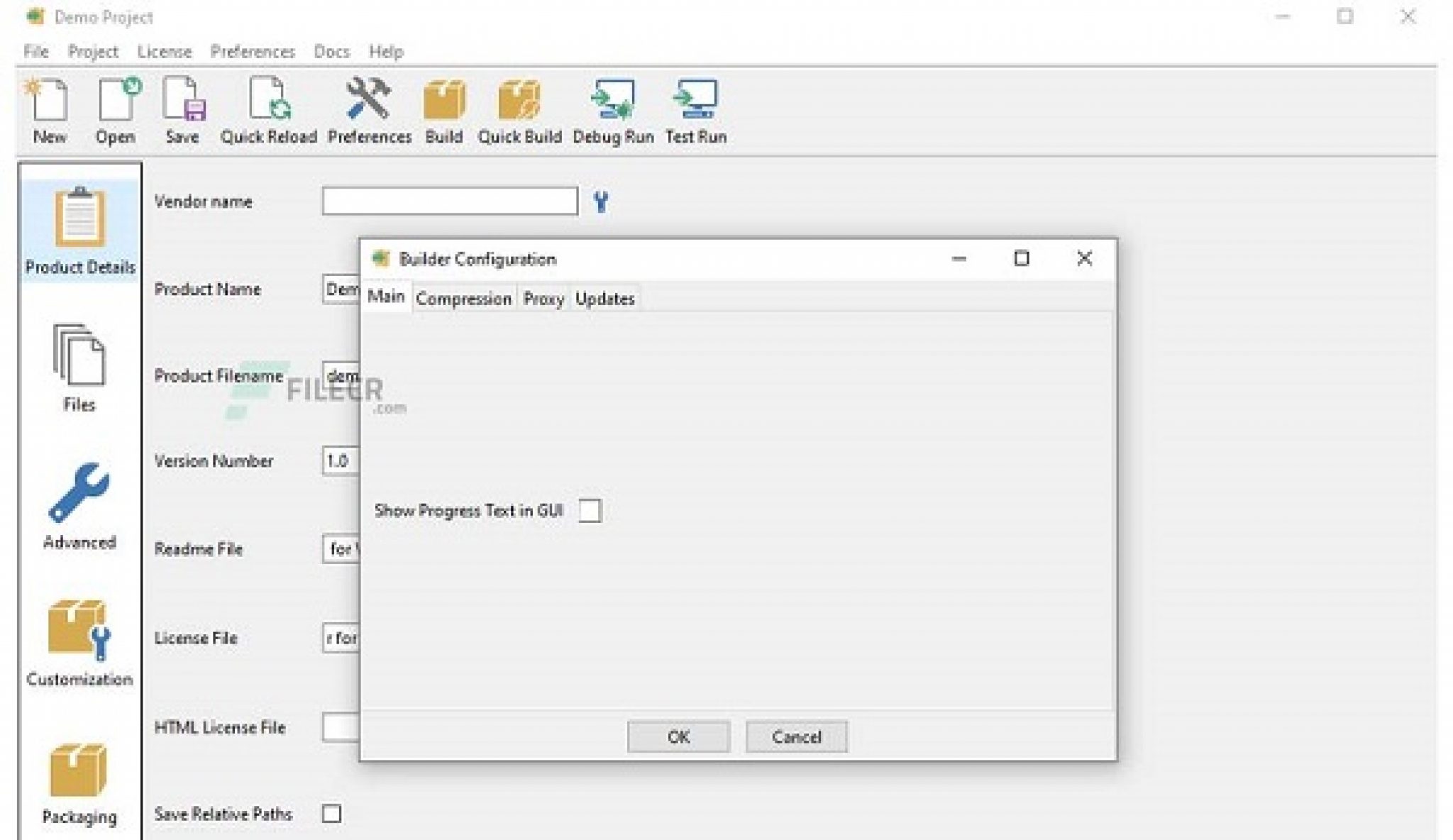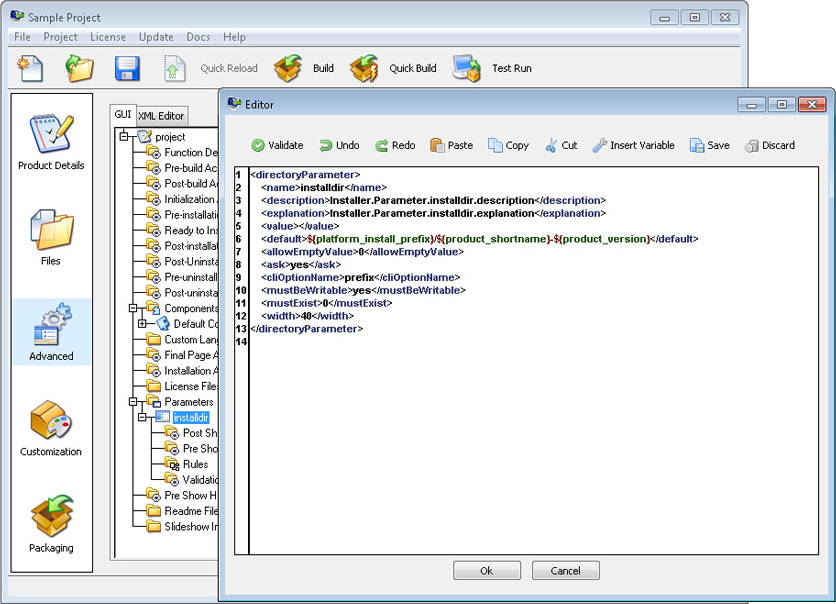

- INSTALLBUILDER GETFREEPORT GIVES DUPLICATE PORT GENERATOR
- INSTALLBUILDER GETFREEPORT GIVES DUPLICATE PORT FULL
- INSTALLBUILDER GETFREEPORT GIVES DUPLICATE PORT TRIAL
This module is a Cloud Foundry task and part of the MTA project, as we will see later. A deployer module will configure the service based on the configuration file. You just need to provision a service instance ( service: portal, plan: standard ) and connect this service instance to your approuter. Using this approach is Cloud-Foundry-easy. The CommonDataModel.json configuration file defines the properties of the Fiori Launchpad.
INSTALLBUILDER GETFREEPORT GIVES DUPLICATE PORT FULL
Once connected to the approuter, the portal service can read the information of the current user and expose the full functionality of the Fiori Launchpad – including plugins and shell services. This approach provides the full Fiori Launchpad experience.
INSTALLBUILDER GETFREEPORT GIVES DUPLICATE PORT TRIAL
Please use the Saas subscription option, which is explained in the next session, in trial environments. Note: This approach has been removed from the trial landscape but remains available in production accounts. The sandbox mock with the “Default User” Testing with a service instance Furthermore, you are always logged in as the “default user”. While you can define plugins, they won’t work as there is no backend system connected to them. The disadvantage of this mock is that it is just that – a mock. With this, you can quickly mock the Fiori Launchpad locally within minutes. You just need to add another script to the index.html file and configure the Fiori Launchpad. This approach is quite simple and, therefore, ideal for beginners. Mocking the Fiori Launchpad with static resources For this post’s content, I will explain two ways to simulate this shell, which we will also use later. To efficiently implement Fiori apps, developers need a (sandbox) system that they can use during the development process. The SAP Fiori launchpad is a shell that hosts SAP Fiori apps and provides the apps with services such as navigation, personalization, embedded support, and application configuration. My friend and colleague DJ Adams invited me to his show #HandsOnSAPDev where I spoke about the same topic you can find the recording on YouTube.

It will explain all the components and snippets that differentiate a Fiori Launchpad application from a regular SAPUI5 app – in other words: What is needed to convert a SAPUI5 web app to a Fiori Launchpad app. This post, one the other hand, focuses on this boilerplate code.

This can be done with the SAP Business Application Studio or any other local IDE.
INSTALLBUILDER GETFREEPORT GIVES DUPLICATE PORT GENERATOR
And you can use the easy-ui5 generator to create a similar app without having to deal with boilerplate code. There is already a great post that explains all the necessary steps to create such an application using the SAP Web IDE. Tile of the demo app in the Fiori Launchpad If you want to use these features, you’ll need to implement the web app with SAPUI5 or reuse the Fiori Element templates ( sap.fe.templates ). Without this connection, the web app cannot use features of the Shell control or the UI5 Flexibility services. But that also brings a disadvantage the iframe detaches the embedded web app from the Launchpad. With that approach, a website or web app can be embedded in an iframe into the Launchpad. I already wrote about the integration of non-ui5 web apps in the Fiori Launchpad in a previous #CloudFoundryFun post. This integration will go beyond just embedding the web app but also include the usage of the UI5 Flexibility Services.Ģ3rd Jul 2020: UI5 flexibility for key users is now available on the trial landscape as wellĢ2nd Sep 2020: Added paragraph for SaaS subscriptionsġ9th Dec 2020: Adapt as the portal service instance will be removed from the trial landscape at the end of the year In this post, I demonstrate how existing SAPUI5 apps can be seamlessly integrated into the Fiori Launchpad on Cloud Foundry.


 0 kommentar(er)
0 kommentar(er)
